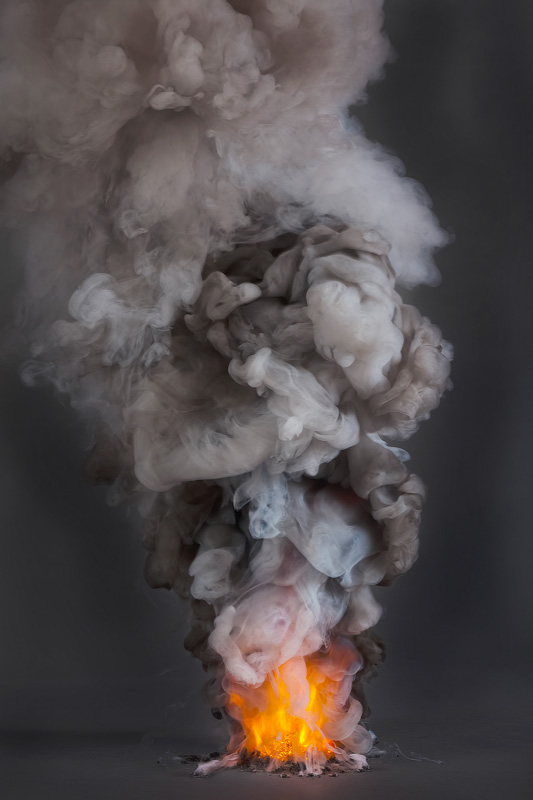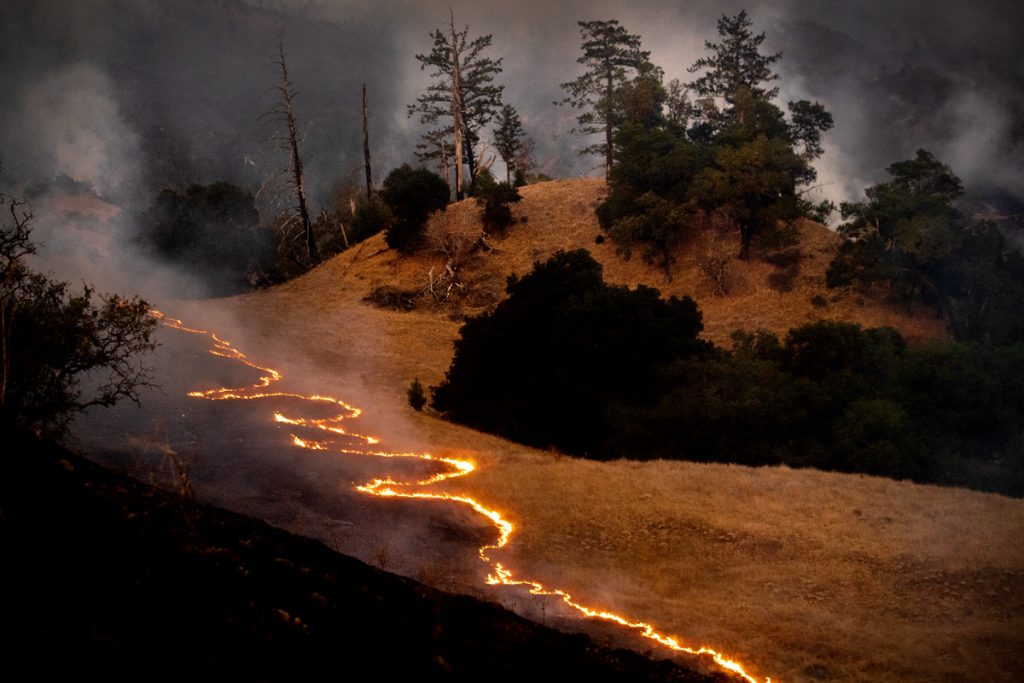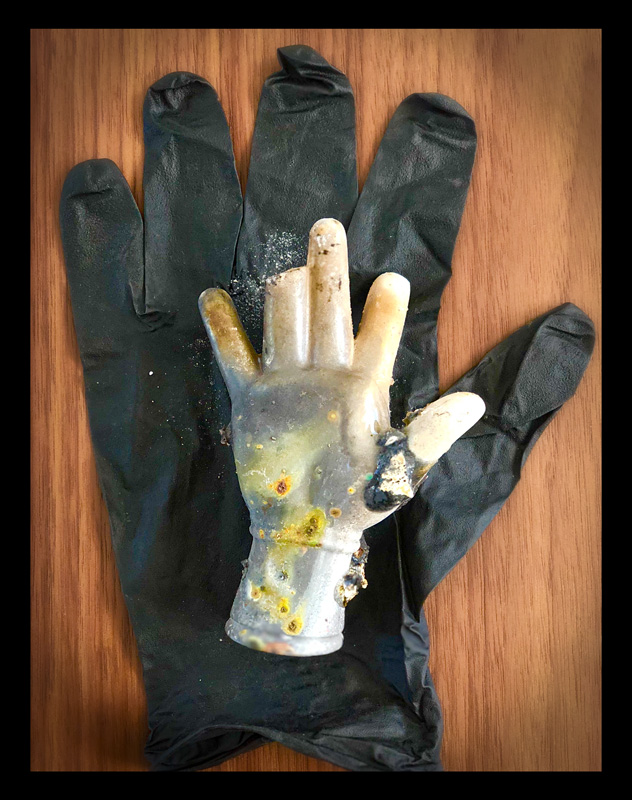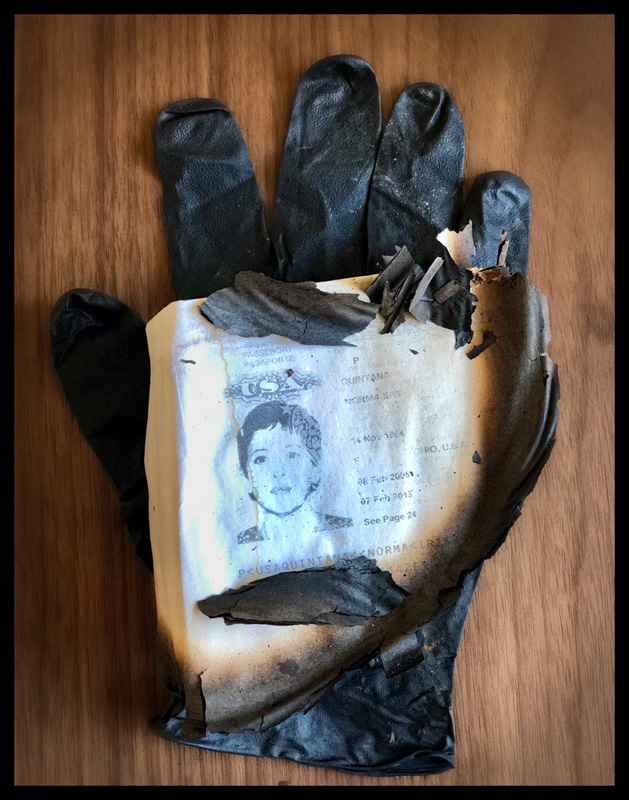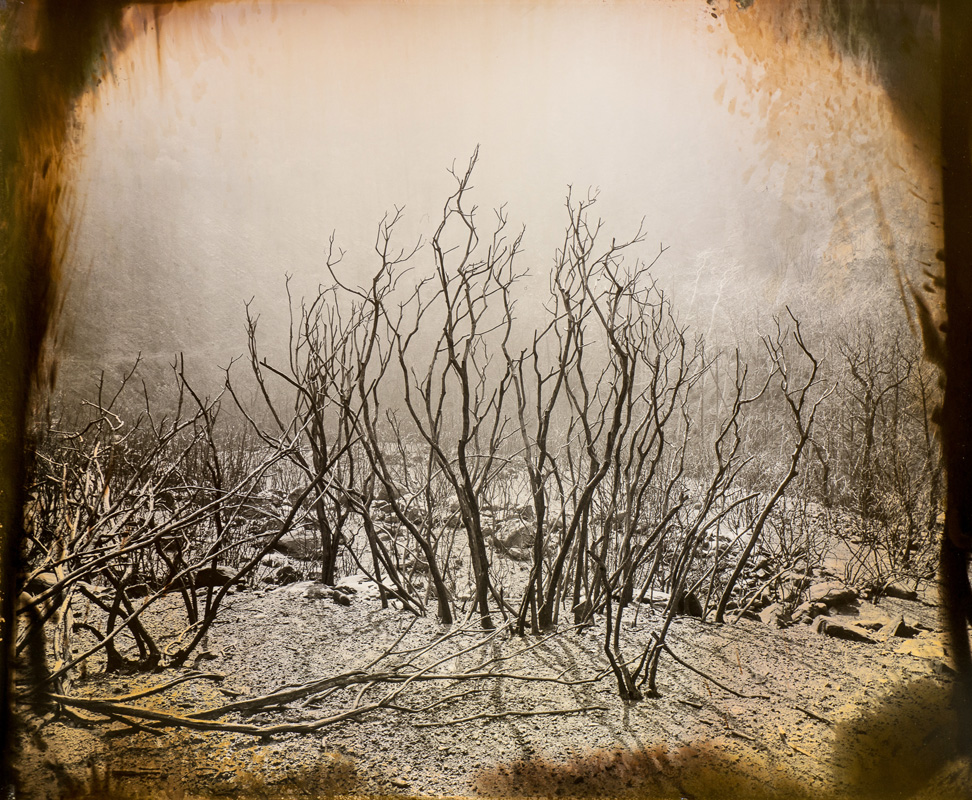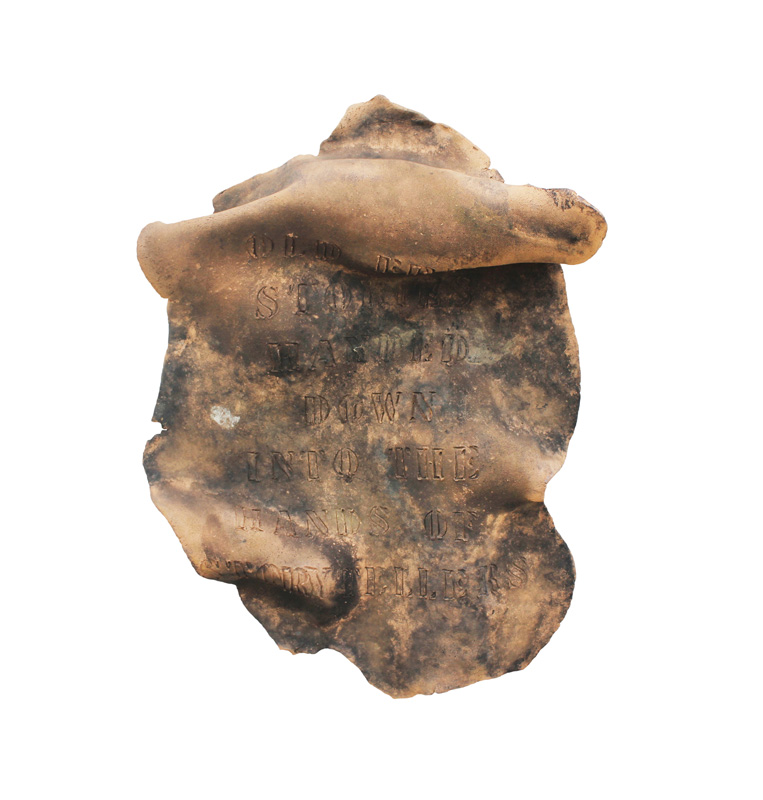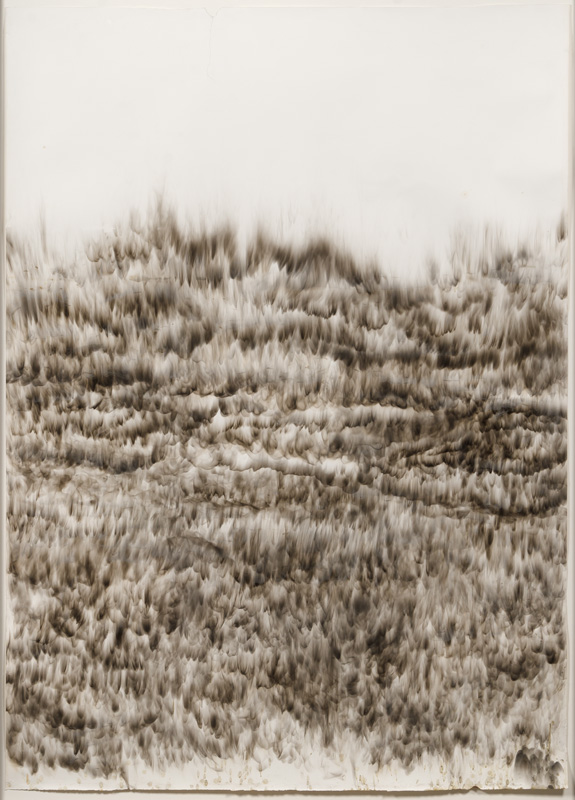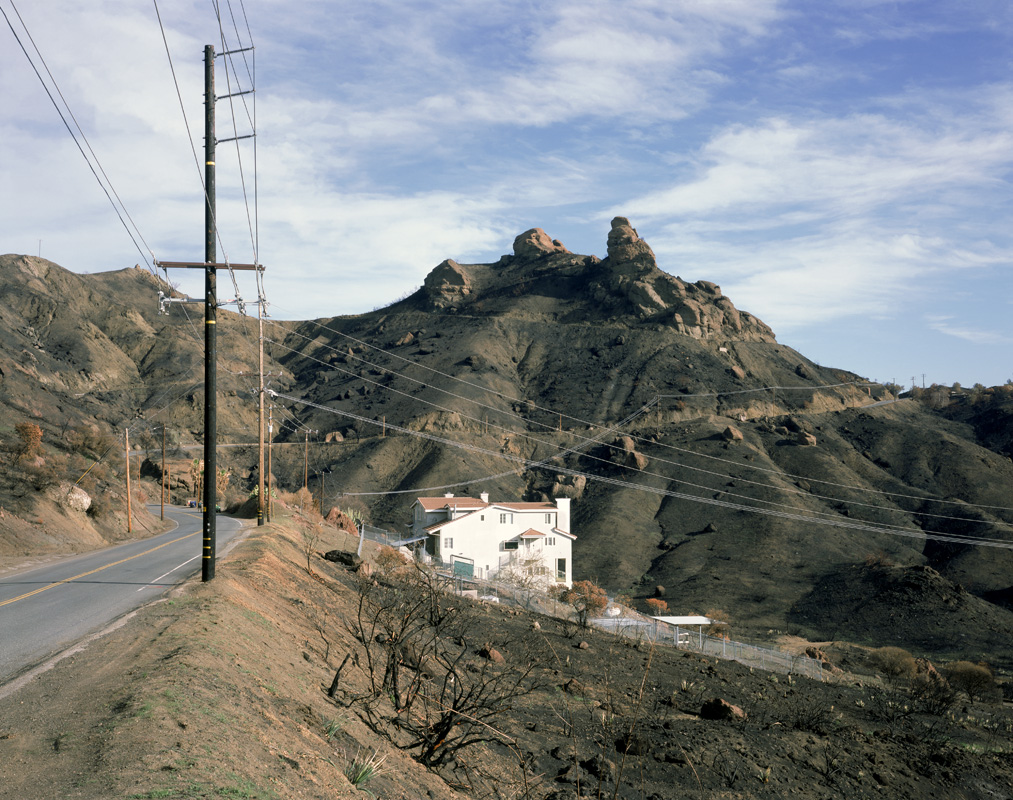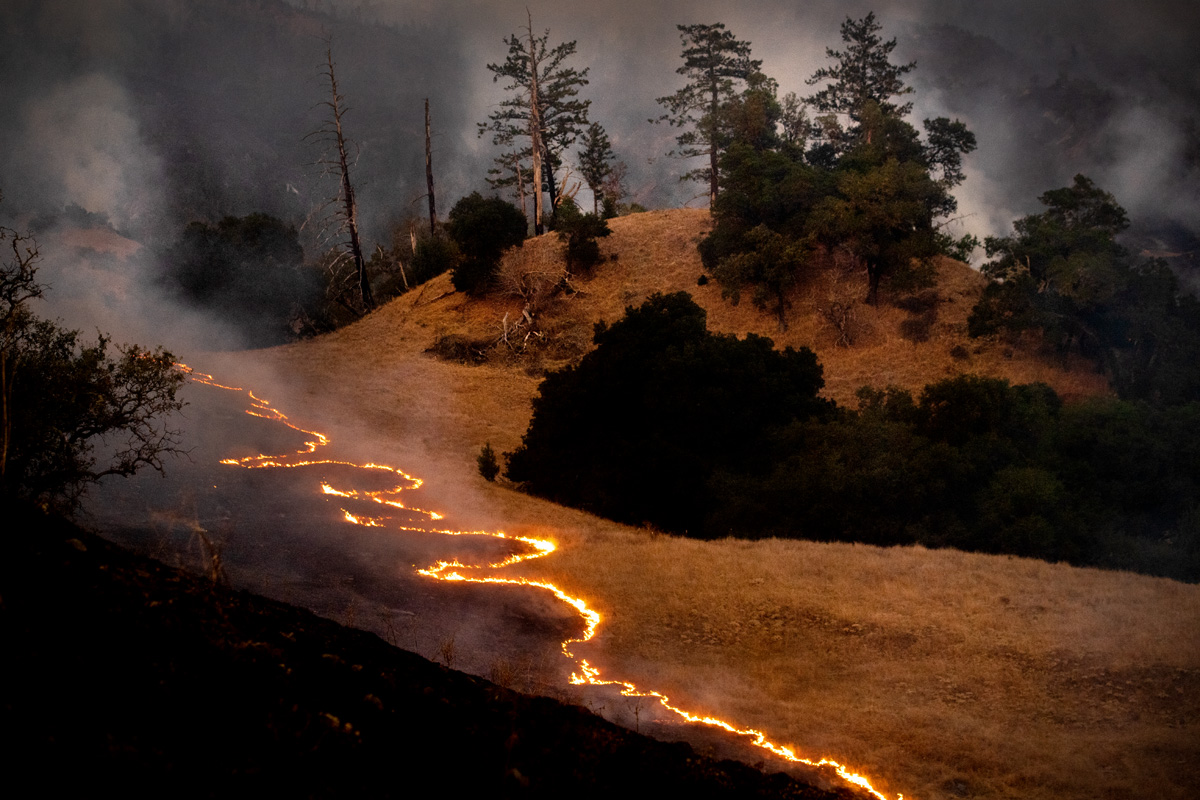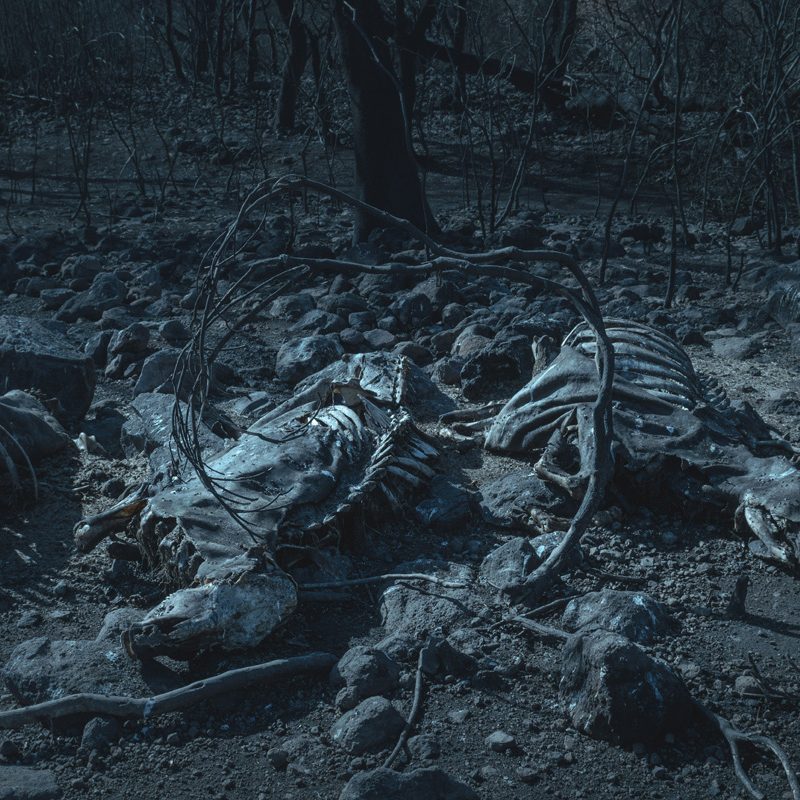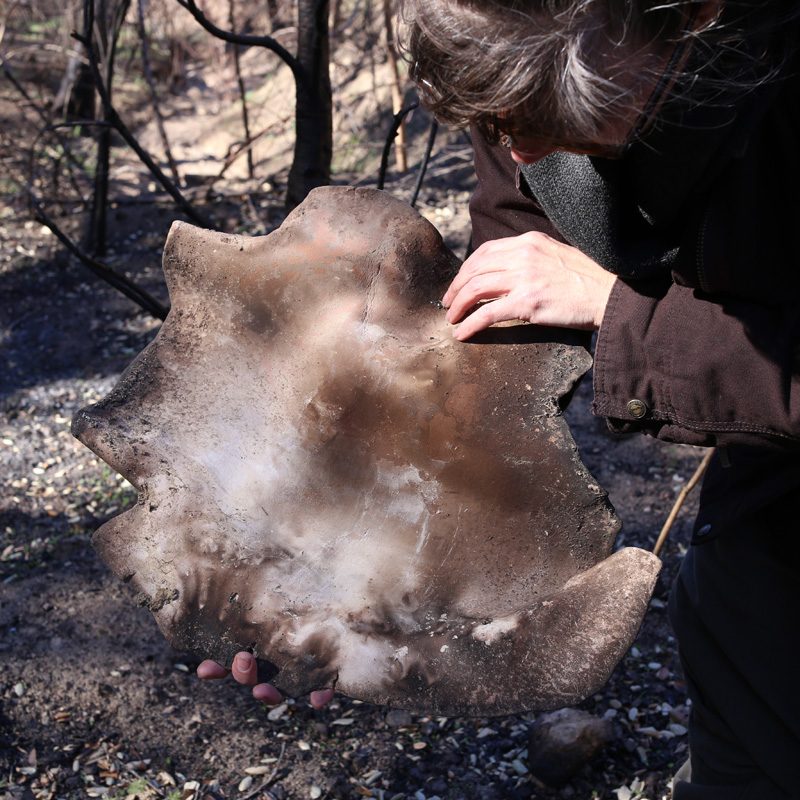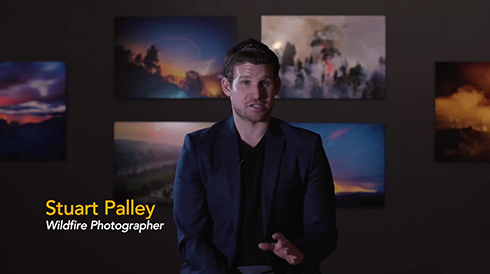With the help of a social worker, he went to the gang with bandages and his camera, offering to photograph their wounds as a record for their lawyers. He was not much older than they and, over time, was able to gain their trust to photograph more. He returned regularly and made a set of images that, today, show an emotional tenderness within a community that was always trying to look tough.
Images from Brooklyn Gang were purchased by Esquire magazine and published in 1960 accompanied by a lyrical text by Norman Mailer. In the 1950s, films like The Wild One (1953), and Rebel Without a Cause (1955), as well as the Broadway production of West Side Story (1957), brought teenage angst into the mainstream of media culture. Mailer’s essay echoes this myth but also emphasizes his unbridled defense of perceived masculinity. He romanticizes the youthful rebels, driven by “courage, loyalty, honor and the urge for adventure” in the face of Post-War malaise and a status quo in the grips of emasculating boredom; the “quiet, inhibited, middle-aged desperadoes of the corporation and the suburb.” Sixty years later, these images may resonate more for their sensitive and emotional approach, rather than as documents that depict a narrow view of glorified masculinity, as Mailer implied.



